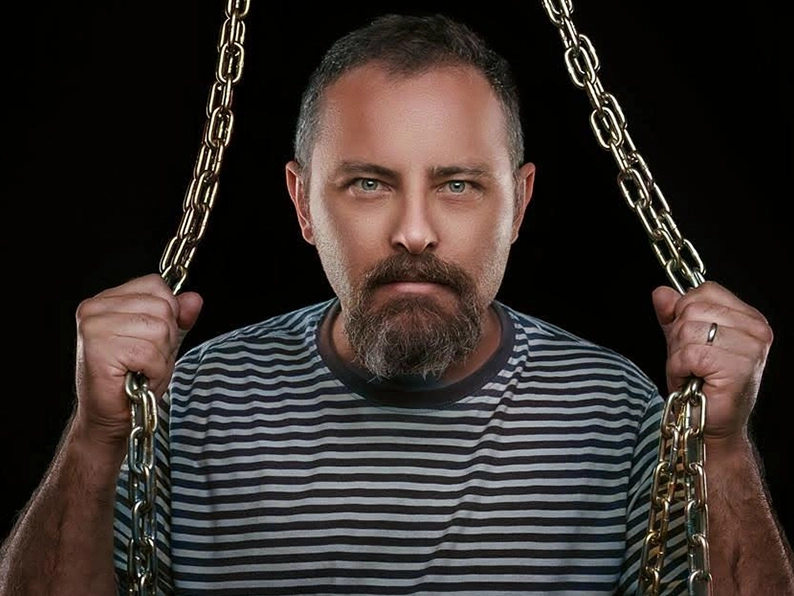Shattered Visions: A Photographer’s Journey Through Optical Nerve Damage
Discover Scot Birchfield’s artistic evolution amid optical nerve damage. Photography, altered perception, emotional struggle – a journey redefining creative resilience.
Dec · 2023

©2023 Sbfoto
In the world of photography, where every click captures a moment frozen in time, imagine the profound impact when a photographer, like Scot Birchfield, discovers that the lens through which he views the world is fractured. A master of his craft, Birchfield faced a daunting revelation when he learned about his optical nerve damage, prompting a profound reassessment of not only his art but also his very relationship with the visual world.
The Discovery:
Known for his stunning landscapes and evocative portraits, Scot Birchfield’s career was at its peak when he was diagnosed with optical nerve damage. This condition, affecting the vital connection between the eyes and the brain, threatened to redefine the way Birchfield perceived and captured the world. The revelation was not just a challenge to his profession but a seismic shift in his personal reality.
The Impact on Photography:
Photography, for Birchfield, had always been about capturing the essence of the moment, freezing time in a frame that resonated with emotion. The optical nerve damage not only blurred his vision but also shattered the conventional approach he had taken for granted. The meticulous framing, precise focus, and nuanced play of light and shadow now seemed like distant memories.
Reevaluating Techniques:
Faced with an uncertain visual landscape, Birchfield had to reevaluate his techniques. As a photographer who once relied on acute attention to detail, he found solace in experimenting with different styles. Embracing the blur and imperfections, Birchfield’s work began to evolve into a unique expression of his altered perception. Soft focus and abstract compositions became his new language, allowing him to communicate the emotional impact of the images rather than relying solely on technical precision.
The Emotional Struggle:
Beyond the technical adjustments, Birchfield faced an emotional struggle. Photography had been his refuge, a means to interpret and communicate the world around him. The fear of losing this connection loomed large. As he grappled with the emotional toll of his condition, Birchfield questioned whether he wanted to continue his journey as a photographer or if it was time to explore alternative avenues of artistic expression.
A New Perspective:
In the midst of his struggle, Birchfield discovered a silver lining. The optical nerve damage, while presenting challenges, forced him to adopt a new perspective. His altered vision became a source of inspiration rather than limitation. Through the haze, he found beauty in unexpected places, and the imperfections in his work became a testament to the resilience of the human spirit.
Conclusion:
Scot Birchfield’s journey through optical nerve damage is a testament to the transformative power of adversity. In the face of a fractured visual reality, Birchfield not only redefined his approach to photography but also rediscovered the essence of his artistic soul. Through his lens, we see a world that transcends the boundaries of clarity, inviting us to embrace the beauty in imperfection and find new ways to perceive and appreciate the wonders that surround us.









Add your first comment to this post